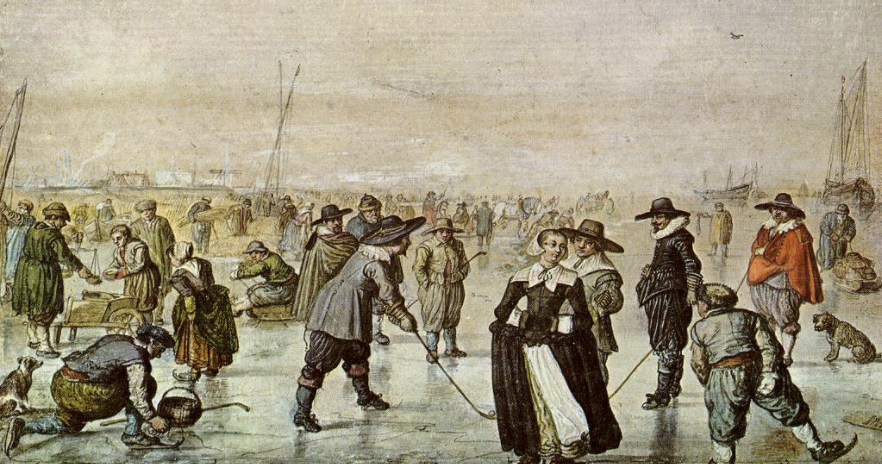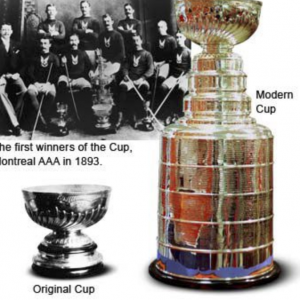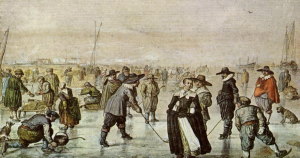The early history of ice hockey and NHL tournaments (Part 2)

Stanley Cup
The popularity of this sport continues to grow. In the beginning, even amateurs could fight for it. Since 1927, ownership of the Stanley Cup has been disputed by representatives of the National Hockey League.

Revolutionary innovation of ice hockey
The history of ice hockey in the early twentieth century is characterized by constant innovations. Specifically, in 1900, they started to install a network on the target, so the number of contests on a recorded target actually dropped to zero.
Since the metal whistle stuck to the judge’s lips, he traded for a bell for the first time and even then for a plastic analog. At that time, the face also appeared. To increase speed and entertainment, in 1910, it was decided to allow in-game replacements.
 Under the \ u200b \ u200b initiative of the three Patrick brothers, hockey players started to be assigned numbers, goalkeepers were allowed to tear their skates, and players were allowed to get ahead. Furthermore, it was they who proposed limiting the duration of the match to three twenty-minute periods.
Under the \ u200b \ u200b initiative of the three Patrick brothers, hockey players started to be assigned numbers, goalkeepers were allowed to tear their skates, and players were allowed to get ahead. Furthermore, it was they who proposed limiting the duration of the match to three twenty-minute periods.
In 1929, Clint Benedict, goalkeeper of the Montreal Maroons team, used the mask for the first time. Multicolored lanterns with sirens to accurately calculate g targets started being used in 1945. At the same time, the rules for the three arbitrators were revised.
The first arena
Hockey’s history is simply unthinkable without the right infrastructure being built. Originally, the competitive arena was an ice rink with natural ice. To prevent it from melting, cracks are created on the walls of the buildings, through which cold air flows in.
In 1899, the first artificial ice rink was built in Montreal. In the thirties of the twentieth century, sizable arenas began to be erected in Canada and the United States. One of the most notable of them is the “Sports Palace”, built in Chicago in 1938. The arena has a total of 15,000 seats.








